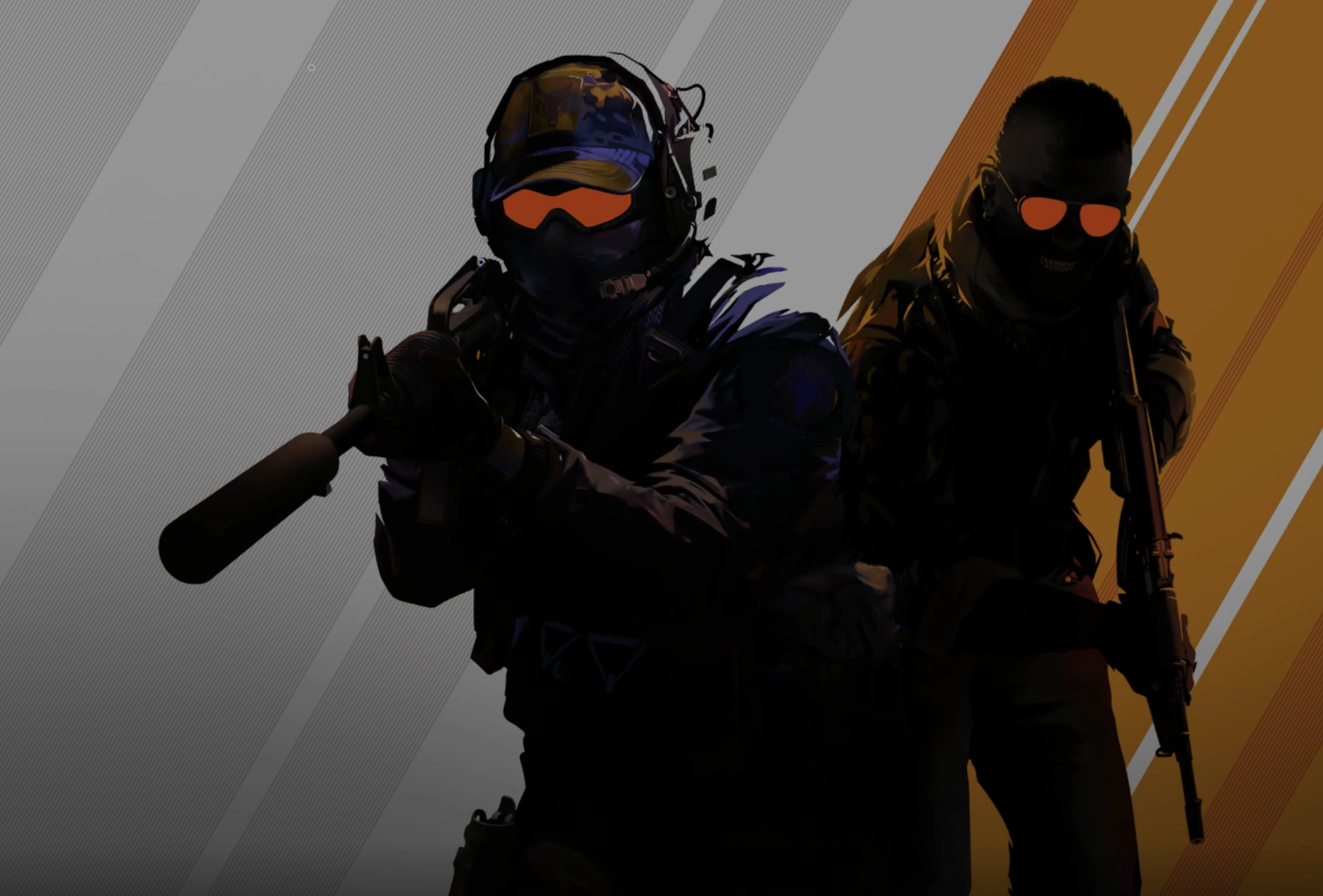Daily Pulse: Global Insights
Your daily source for news and insightful information from around the globe.
Veto or Not to Veto: Cracking the CS2 Map Selection Code
Uncover the secrets of CS2 map selection! Discover strategies to veto or embrace maps for ultimate gameplay dominance. Click to learn more!
Understanding the CS2 Map Selection Process: Key Factors to Consider
Understanding the CS2 Map Selection Process is crucial for players looking to enhance their competitive edge. The map selection involves several key factors that can significantly influence the outcomes of matches. Firstly, players must consider the overall team composition and choose maps that complement their strengths. For instance, if a team excels in long-range engagements, selecting maps like Dust II or Mirage, which offer numerous sightlines, could be advantageous. Secondly, analyzing the opponents' preferences is essential; if they are known for their prowess on particular maps, it may be wise to avoid those to mitigate their advantages.
Another vital aspect in the CS2 map selection process is the understanding of individual player preferences and playstyles. Teams should aim to acquire maps that not only suit their collective strategy but also enhance the performance of their key players. A well-rounded approach can include an ordered list of considerations:
- Familiarity with the map among players
- Strategic advantages based on team composition
- Knowledge of opponent map history
This combination of factors helps in making an informed decision during the selection phase, ultimately contributing to a higher chance of victory.

Counter-Strike is a popular tactical first-person shooter that emphasizes team-based gameplay and strategic planning. Players can choose from a variety of weapons, including the sg 553, to engage in matches that focus on completing objectives or eliminating the opposing team. With its competitive scene and continuous updates, Counter-Strike remains a staple in the gaming community.
Strategies for Effective Map Vetoes in CS2: A Comprehensive Guide
Map vetoes play a crucial role in ensuring your team’s success in CS2. Understanding effective strategies for executing map vetoes can mean the difference between victory and defeat. Firstly, it's vital to analyze both your team’s strengths and weaknesses as well as those of your opponents. Consider using a systematic approach by creating a list of maps where your team excels and those where you struggle, allowing for informed decisions. Additionally, reviewing **past matches** can provide invaluable insights, enabling you to identify patterns in your opponents' preferred maps, and thus tailor your vetoes accordingly.
Another key strategy is maintaining clear communication within your team during the veto process. Encourage every team member to voice their opinions on map selections, ensuring everyone is on the same page. It's often helpful to develop a veto hierarchy where each player can prioritize their preferred maps. Further, always keep a level head; emotional decisions can lead to poor **map choices**. Remember, the goal of **effective map vetoes** is to create a favorable playing environment that maximizes your team's potential for success, so plan carefully and act strategically.
What Makes a Map Popular or Unpopular in CS2? Analyzing Player Preferences
The popularity of maps in CS2 is determined by a combination of gameplay dynamics, aesthetics, and community feedback. Players tend to favor maps that promote strategic play and offer a balance of offense and defense. Factors such as layout, cover options, and choke points can significantly influence player engagement. For instance, maps like Dust II have remained fan favorites largely due to their straightforward design and opportunities for skillful plays, allowing players to showcase their abilities. In contrast, maps that are overly complex or lack clear navigation can lead to frustration and a decline in popularity.
Community involvement is another critical aspect influencing a map's rejection or acceptance. Continuous updates, addressing player feedback, and maintaining a responsive development cycle can enhance a map's standing in the community. For example, maps that receive significant support from experienced players and streamers often see a boost in popularity as they are shared and discussed across platforms. In contrast, if a map is riddled with bugs or unbalanced gameplay, it quickly becomes unpopular, leading to players abandoning it in favor of more enjoyable alternatives. Understanding these preferences can help developers create more engaging experiences in CS2.